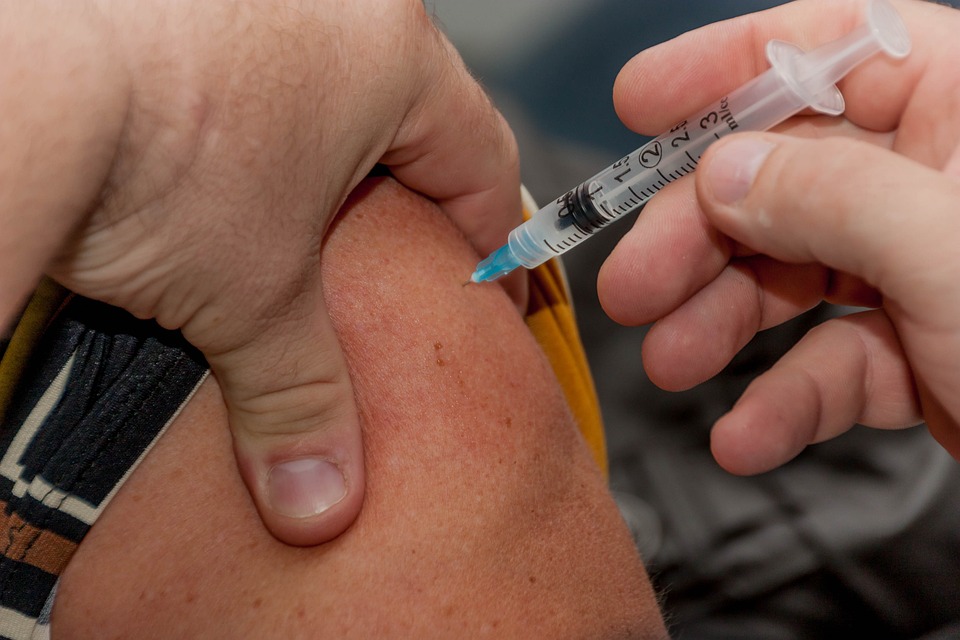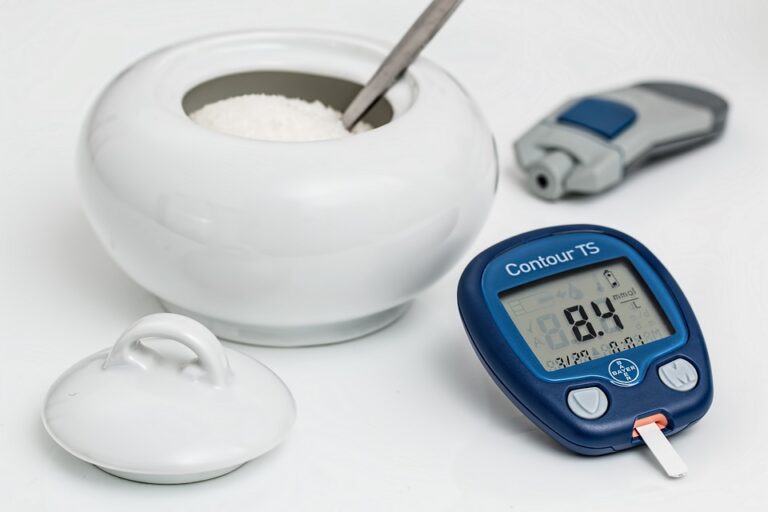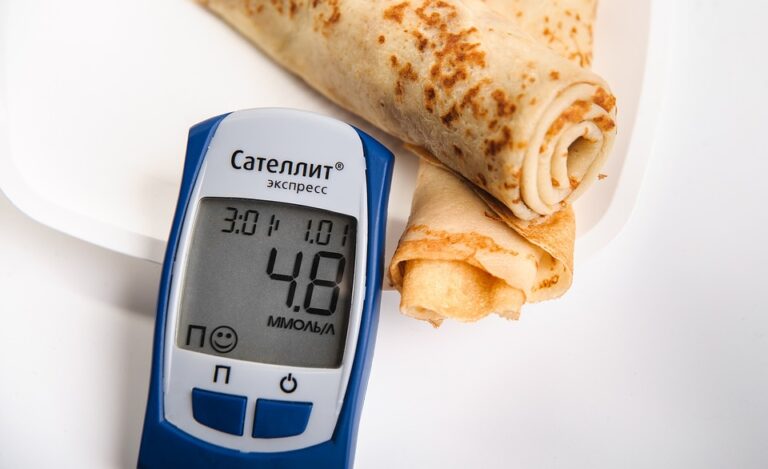Je lék na diabetes?
V dnešní době trpí mnoho lidí diabetesem, což je chronické onemocnění, které se projevuje vysokou hladinou cukru v krvi. Naše tělo potřebuje energii pro správnou funkci a to získává z glukózy, což je cukr. Pokud máte diabetes, tak vaše tělo buď nedokáže produkovat dostatek inzulínu nebo si ho neumí vstřebat. To způsobuje vysokou hladinu cukru v krvi, což může vést k řadě problémů.
Pokud trpíte diabetem, pak existuje řada způsobů, jak si s tímto onemocněním poradit. Jedním z nejdůležitějších způsobů, jak kontrolovat hladinu cukru v krvi, je správná strava a pravidelná fyzická aktivita. Nicméně, pro někoho je potřeba ještě další pomoc.
Je lék na diabetes? Ano, existují léky, které mohou pomoci snížit hladinu cukru v krvi a stabilizovat ji na patřičných hodnotách. Pokud se zajímáte o léčbu diabetu, tak vás určitě zajímá, jaké jsou tyto léky a jak fungují.
V tomto článku se podíváme na různé typy léků na diabetes, jak fungují a jaké jsou rizika a výhody jejich užívání. Pokud trpíte diabetem nebo máte blízkého člověka s tímto onemocněním, tak je důležité získat co nejvíce informací o léčbě, aby byla účinná a bezpečná. Proto vás vyzýváme, abyste pokračovali v čtení tohoto článku a získali další důležité informace o tomto tématu.
Je lék na diabetes?
Obsah článku
Introduction
Diabetes mellitus, also known as diabetes, is a chronic medical condition that affects the body’s ability to maintain normal blood sugar levels. There are two major types of diabetes – type 1 diabetes and type 2 diabetes, with the latter being more common. While there is no cure for diabetes, there are many treatments available that can help individuals with the condition to manage their blood sugar levels, reduce symptoms, and lead a healthy life. In this article, we will explore the question „Is there a cure for diabetes?“ and examine the different types of treatments available.
The Different Types of Diabetes
There are two major types of diabetes – type 1 diabetes and type 2 diabetes. Type 1 diabetes is an autoimmune condition that occurs when the immune system mistakenly attacks and destroys the insulin-producing cells in the pancreas. As a result, the body is unable to produce insulin, which is the hormone responsible for regulating blood sugar levels. Type 1 diabetes is usually diagnosed in children and young adults and requires lifelong insulin therapy.
Type 2 diabetes, on the other hand, occurs when the body becomes resistant to insulin, or when the pancreas is unable to produce enough insulin to meet the body’s needs. Type 2 diabetes is often associated with lifestyle factors such as obesity, physical inactivity, and poor diet. Treatment for type 2 diabetes typically involves lifestyle modifications, such as dietary changes and exercise, as well as medication to help regulate blood sugar levels.
Treatments for Diabetes
While there is no cure for diabetes, there are many treatments available that can help individuals with the condition to manage their blood sugar levels and reduce symptoms. Here are some of the most common treatments for diabetes:
Lifestyle Modifications
One of the most effective ways to manage diabetes is through lifestyle modifications. This includes eating a healthy diet, engaging in regular physical activity, and maintaining a healthy weight. A healthy diet for individuals with diabetes typically involves limiting processed and sugary foods, increasing fiber intake, and eating foods that are low in saturated and trans fats. Exercise has also been shown to be beneficial for individuals with diabetes, as it can improve insulin sensitivity and help regulate blood sugar levels.
Medication
There are several types of medication that are used to help manage diabetes. The most common types of medication for type 2 diabetes include:
– Metformin – this medication works by reducing the amount of glucose that the liver produces and improving insulin sensitivity in the body.
– Sulfonylureas – these medications work by stimulating the pancreas to produce more insulin.
– DPP-4 inhibitors – these medications work by increasing the levels of hormones that stimulate insulin production.
– GLP-1 receptor agonists – these medications work by increasing insulin secretion and decreasing the amount of glucose that the liver produces.
For individuals with type 1 diabetes, insulin therapy is required to manage blood sugar levels. There are several types of insulin available, including rapid-acting, short-acting, intermediate-acting, and long-acting insulin.
Conclusion
While there is currently no cure for diabetes, there are many effective treatments available that can help individuals with the condition to manage their blood sugar levels and lead a healthy life. Lifestyle modifications, such as dietary changes and exercise, can be highly effective in managing diabetes, while medication can also be used to regulate blood sugar levels. If you are living with diabetes, it is important to work closely with your healthcare provider to develop a treatment plan that works best for you.
Často Kladené Otázky
### Ano, existuje mnoho léků na diabetes
Existuje několik různých typů léků na diabetes, v závislosti na tom, zda máte typ 1 nebo typ 2 diabetes. Tyto léky mohou pomoci regulovat hladinu cukru v krvi a zlepšit celkovou kvalitu života pro lidi s diabetes. Je důležité diskutovat s lékařem, který druh léků je pro vás nejvhodnější a jak je správně užívat.
### Jaké jsou nejčastější vedlejší účinky léků na diabetes?
Vedlejší účinky léků na diabetes se mohou lišit v závislosti na typu léku a na vašem individuálním zdravotním stavu. Některé z nejčastějších nežádoucích účinků mohou zahrnovat nízkou hladinu cukru v krvi, žaludeční potíže (zácpa, průjem, nevolnost), závratě nebo únava. Je důležité mluvit s lékařem o jakýchkoli vedlejších účincích, které můžete zažívat, aby bylo možné sledovat a přizpůsobit vaše léky podle vašich individuálních potřeb.








